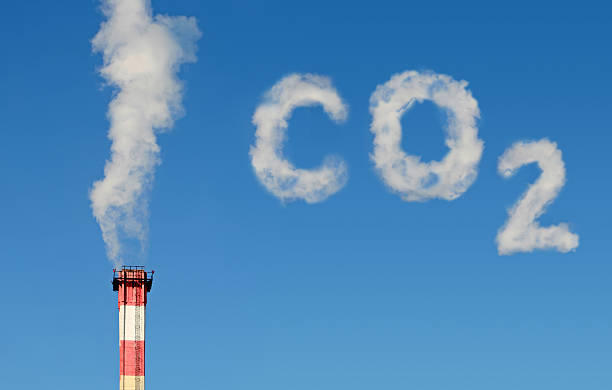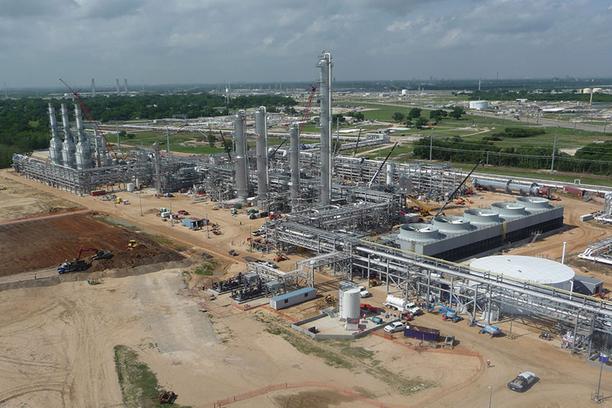A Milestone in Sustainability: Turning CO2 into Propane
In the realm of sustainable energy, a groundbreaking achievement is emerging, poised to redefine the propane industry’s role in the global energy landscape. At the forefront of this revolutionary development are the visionary researchers at the Illinois Institute of Technology (ITT), whose recent breakthrough holds the promise of transforming carbon dioxide (CO2) into propane –… Continue reading A Milestone in Sustainability: Turning CO2 into Propane
In the realm of sustainable energy, a groundbreaking achievement is emerging, poised to redefine the propane industry’s role in the global energy landscape. At the forefront of this revolutionary development are the visionary researchers at the Illinois Institute of Technology (ITT), whose recent breakthrough holds the promise of transforming carbon dioxide (CO2) into propane – a scientific milestone that has long eluded the grasp of the scientific community. This milestone signifies a remarkable stride towards the complex intersection of energy production and environmental sustainability.
In an era characterized by an urgent need to combat climate change and transition towards sustainable energy sources, the conversion of CO2 into larger, valuable molecules, such as propane, assumes paramount importance. This endeavor aligns seamlessly with the global mission to curtail CO2 emissions and expedite the shift towards sustainable energy solutions. For decades, scientists have undertaken the arduous quest to decipher the enigmatic secrets of CO2 conversion, and the ITT’s recent breakthrough represents a monumental leap towards realizing this ambitious vision.
Contrary to conventional wisdom, ITT’s approach departs from the traditional utilization of metal oxide-based catalysts for CO2 conversion. Such traditional methods often encountered insurmountable challenges, including catalyst deactivation and a lack of selectivity in product formation, particularly the ability to yield a single molecule like propane. In contrast, ITT’s innovative strategy leverages economically viable materials, complemented by a transition to continuous processing, thereby enhancing efficiency and paving the way for scalability – an indispensable facet of any solution seeking to reshape entire industries.
At the core of this revolutionary process lie meticulously crafted particles composed of a combination of three elements: molybdenum (Mo), phosphorus (P), and carbon (C). These elements form the fundamental structure upon which the conversion of CO2 into propane is based. Nevertheless, the intricacy of this procedure goes beyond these elements. The inclusion of ionic liquids based on imidazolium introduces an additional layer of complexity that enhances the specificity of the catalytic process. This deliberate integration steers the chemical reaction towards the desired result of propane production, ensuring both effectiveness and accuracy.
The implications of ITT’s breakthrough resonate far beyond the confines of their laboratory. The conversion of CO2, a notorious greenhouse gas, into a valuable energy source like propane carries the dual potential of reducing emissions while enhancing energy accessibility. With sustainability at its core, this achievement foretells a future where energy production and environmental preservation harmoniously coexist. Essentially, a circular renewable hydrocarbon process has been unveiled, assuring the longevity of propane as a viable energy source.
As we navigate the path towards a sustainable energy future, collaboration and expansion will be instrumental. Industry partnerships, government initiatives, and global cooperation will amplify the impact of this remarkable discovery. The collective endeavor to refine the technology, explore novel applications, and seamlessly integrate it into existing energy infrastructure transcends disciplinary and geographical boundaries.
In essence, the discovery of CO2-to-propane conversion stands as a testament to human innovation and determination. In an era where the world fervently seeks cleaner energy solutions, ITT’s pioneering electrolyzer device shines as a beacon of hope—a tangible illustration of how science and technology can align with environmental aspirations. The journey towards a sustainable energy future may be complex and multifaceted, but milestones like this underscore the pivotal role of the propane industry in forging a brighter world for future generations.



